Tag: cannulation
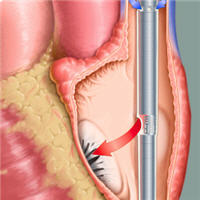
Expanding ECMO Cannulation Strategies in Neonatal Respiratory Failure
Infants with refractory respiratory failure who require extracorporeal membrane oxygenation (ECMO) have traditionally been cannulated via the venoarterial route or by using a dual-lumen venovenous cannula in the right internal... read more
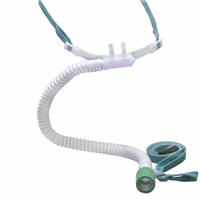
The Influence of Airflow Via High-Flow Nasal Cannula on Duration of Laryngeal Vestibule Closure
The purpose of this experimental study was to investigate the influence of airflow via high-flow nasal cannula (HFNC) on the duration of laryngeal vestibule closure (dLVC) and Penetration-Aspiration Scale (PAS) scores. 29... read more
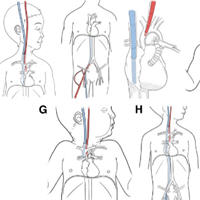
Pediatric Extracorporeal Cardiopulmonary Resuscitation ELSO Guidelines
Survival rates with good neurologic outcomes following conventional cardiopulmonary resuscitation (CPR) for cardiopulmonary arrest, either in the in-hospital (IH) or out-of-hospital settings, have improved but remain poor... read more
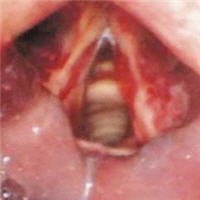
Early Intervention for the Treatment of Acute Laryngeal Injury After Intubation
This study suggests that early intervention for patients with postintubation laryngeal injury was associated with a decreased duration of tracheostomy dependence, a higher rate of decannulation, and fewer surgical procedures... read more
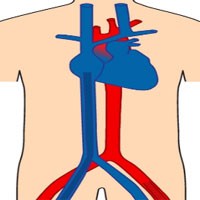
Monitoring of the Adult Patient on VA ECMO
Venoarterial extracorporeal membrane oxygenation (VA ECMO), a form of mechanical circulatory support, had its origins in the operating room as cardiopulmonary bypass and has evolved for use in the intensive care unit and... read more

Consequences of Cardiopulmonary Bypass: What the Intensivist Needs to Know
Cardiopulmonary bypass (CPB) is common for most cardiac surgeries. CPB drains blood from the heart and returns it to the proximal systemic circulation allowing perfusion during the operative period. It was pioneered in 1951... read more

Safety and Feasibility of Early Physical Therapy for Patients on ECMO
With a highly trained multidisciplinary team and a focus on restoring function, it is feasible and safe to deliver early rehabilitation including standing and ambulation to patients on extracorporeal membrane oxygenation... read more

A Randomised Trial of High-flow Nasal Cannula in Infants with Moderate Bronchiolitis
In patients with moderate bronchiolitis, there was no evidence of lower rate of escalating respiratory support among those receiving HFNC therapy. The analyses included 268 patients among the 2621 infants assessed for... read more
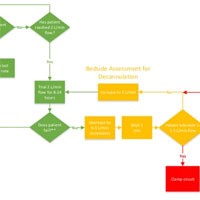
How I Approach Weaning from Venoarterial ECMO
Weaning from VA-ECMO remains a challenging but critically important step in device management. The key is to balance minimizing complications associated with device support with the potential for hemodynamic deterioration... read more

COVID-19 NIV: Helmet vs Mask
Over the past few weeks there has been a shift in the management of critically ill COVID-19 patients. Many seem to have moved away from an intubate early strategy to the use of high flow nasal cannula (HFNC) and noninvasive... read more

How I Manage Drainage Insufficiency on ECMO
As the use of extracorporeal membrane oxygenation (ECMO) expands, a systematic approach to the management of complex technical issues, such as drainage insufficiency, is essential to improving patient outcomes. Due to... read more

Outcomes of VV ECMO When Stratified by Age
The purpose of this study was to evaluate survival to hospital discharge for patients on venovenous extracorporeal membrane oxygenation (VV ECMO) when stratified by age. We performed a retrospective study at single, academic,... read more

Ultrasound-guided Pleural Effusion Drainage With a Small Catheter Using the Single-step Trocar or Modified Seldinger Technique
Ultrasound-guided pleural effusion drainage by catheter insertion is a safe and effective procedure. The success rate is low when the effusion is loculated and septated. Both the trocar and the modified Seldinger techniques... read more

High-flow Nasal Cannula Oxygen Therapy for AHRF in Patients with CLD
A high-flow nasal cannula (HFNC) is a high-flow oxygen supply device developed in recent years and is increasingly being used to treat acute hypoxemic respiratory failure (AHRF) in intensive care unit (ICU). Patients with... read more




